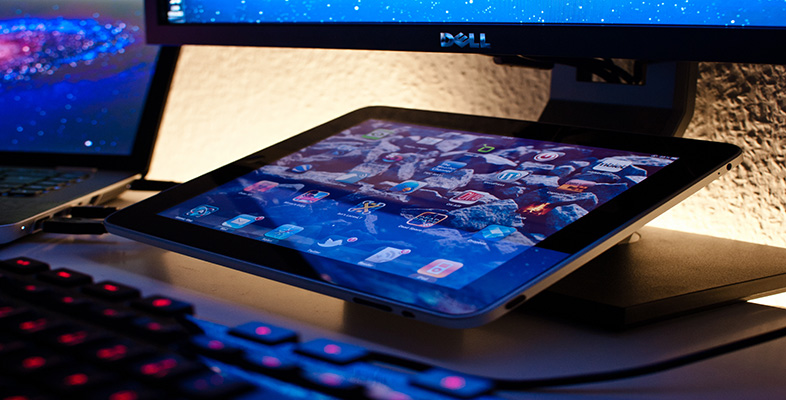4.7 The future?
In the USA, the automobile reached the 50 per cent household penetration rate in 1923, about 23 years into the industry's development. The PC reached that threshold rate in 1999, also about 23 years into its development. Given the discussion in Section 3, this suggests that the economy-wide effects of the PC have yet to be fully seen. And given the arguments in this section, it also suggests that the PC is now starting to reach the end of its growth phase. In fact, in 2001 PC sales fell for the first time. As a report in the Financial Times noted: ‘Shipments of personal computers have suffered their first quarterly fall in at least 15 years’ (Kehoe, 2001).
Given the similarities in the early development of the two industries, it is likely that some of the patterns that have characterised the mature phase of the automobile industry will also characterise the future of the PC industry, which is only now entering its mature phase. Using this logic we might expect the PC industry to be characterised by higher levels of concentration (already happening with the recently proposed merger between HP and Compaq, and with the price war led by Dell), more market share stability between the incumbents, and more focus on process innovation and advertising than on product innovation.
However, if future competition is carried out more through product innovation than through price wars and economies of scale (as it is currently), then this drift into stagnation may not occur. Instead, if innovations allow new firms to come forward and displace the old leaders, the characteristics of the early phase may reappear and the life cycle will start up again. We may witness new entries and exits and renewed market share instability. The future market structure of the PC industry will also be influenced by the nature of innovation in another sense: whether new innovations will continue to allow the technical leadership to be divided among firms, a situation which in the past has allowed new entry to occur and smaller firms to survive.
